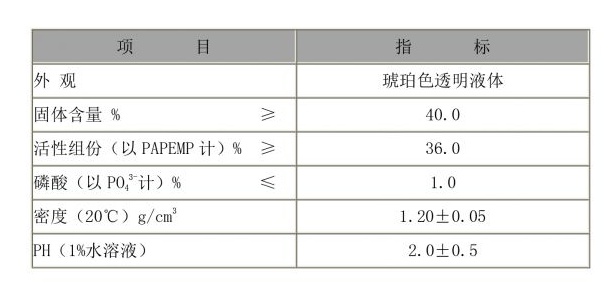Principles and Processes of Water Coagulation and Flocculation Techniques
Understanding Water Coagulation and Flocculation
Water treatment processes are essential for providing safe drinking water and maintaining environmental standards. Among these processes, coagulation and flocculation play crucial roles in removing suspended solids, pathogens, and other contaminants from water. Understanding these processes is fundamental for both water treatment professionals and consumers who are concerned about the quality of their water supply.
Coagulation is the initial step in the water treatment process and involves the addition of chemical agents, known as coagulants, to water. Commonly used coagulants include aluminum sulfate (alum), ferric chloride, and polyaluminum chloride. These chemicals destabilize the fine particles suspended in water, which can include clay, silt, organic matter, and microorganisms. When coagulants are added, they neutralize the charges of these particles, allowing them to aggregate. This process occurs rapidly and creates small clusters of particles called microflocs.
Understanding Water Coagulation and Flocculation
Flocculation follows coagulation and involves the gentle mixing of water to promote the growth of these small microflocs into larger floc particles. This process can be achieved through mechanical stirring or by the use of flocculants, which are long-chain polymers that help bind the microflocs together. During flocculation, the floc particles can grow substantially in size, resulting in a density that allows them to settle out of the water column more easily during subsequent sedimentation stages.
water coagulation and flocculation

One critical aspect of coagulation and flocculation is the control of pH levels and dosage of coagulants and flocculants. The efficiency of these processes is highly dependent on water chemistry, including turbidity, organic matter concentration, and the presence of other ions. Water treatment plants typically conduct jar tests, which involve mixing various dosages of coagulants and observing the resulting turbidity and floc formation. This helps operators determine the optimal conditions for achieving the best results in water clarification.
The benefits of coagulation and flocculation extend beyond merely improving water clarity. By removing particulate matter and pathogens, these processes significantly reduce the risk of waterborne diseases. Furthermore, effective coagulation and flocculation can enhance subsequent processes such as filtration, reducing the load on filters and prolonging their lifespan.
In recent years, there has been growing interest in developing more sustainable and efficient coagulation and flocculation processes. Research is ongoing into alternative coagulants, such as natural organic materials and advanced materials like biochar, which can reduce chemical usage and minimize environmental impact. Additionally, innovations in technology, such as the use of electrocoagulation, offer promising avenues to improve the coagulation and flocculation processes.
In conclusion, coagulation and flocculation are vital processes in water treatment that significantly enhance water quality by removing harmful contaminants. Through the careful selection of coagulants, optimization of conditions, and continual research into more sustainable practices, the effectiveness and efficiency of these methods will continue to improve, ensuring cleaner and safer water for communities worldwide. Understanding and investing in these processes is essential for safeguarding public health and protecting our precious water resources.
-
Pbtc Scale InhibitorPBTC: A Scale Protector for Industrial Water TreatmentNewsAug.05,2025
-
Organic Phosphonate: An Efficient Defender in the Field of Scale InhibitionNewsAug.05,2025
-
Hydrolyzed Polymaleic Anhydride: Green Pioneer in Scale Inhibition FieldNewsAug.05,2025
-
PAPEMP Polyamino Polyether Methylene Phosphonic Acid For SaleNewsAug.05,2025
-
Flocculant Water Treatment: A Pioneer in Purification in the Field of Water TreatmentNewsAug.05,2025
-
Benzyl Isothiazolinone: An Efficient and Broad-Spectrum Antibacterial Protective GuardNewsAug.05,2025





